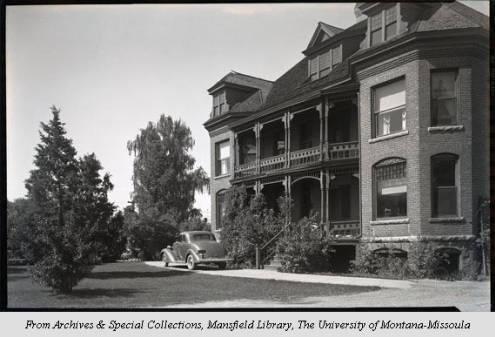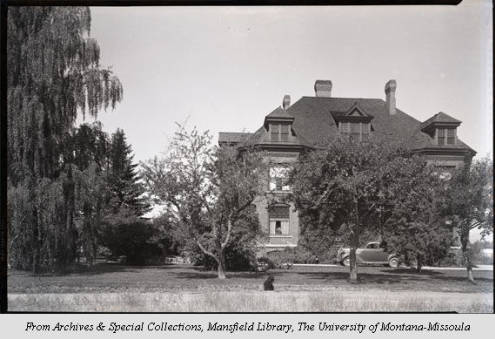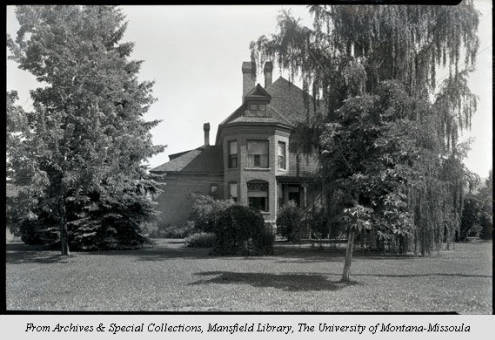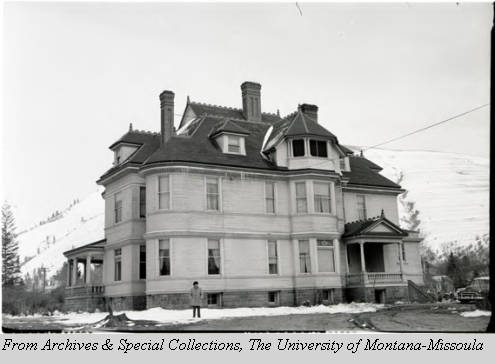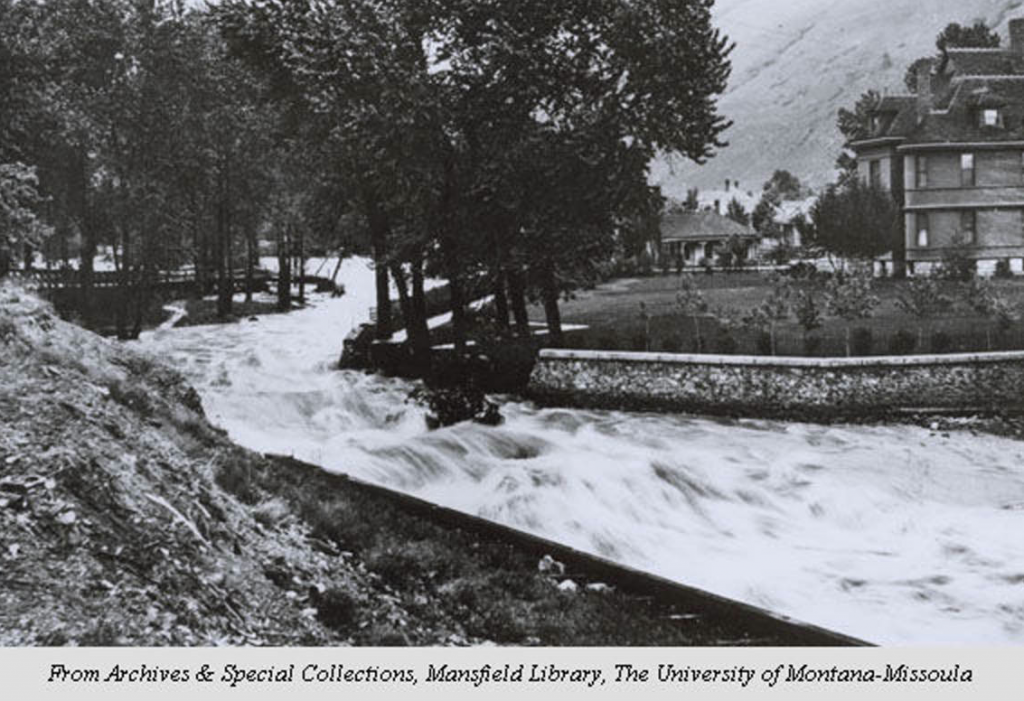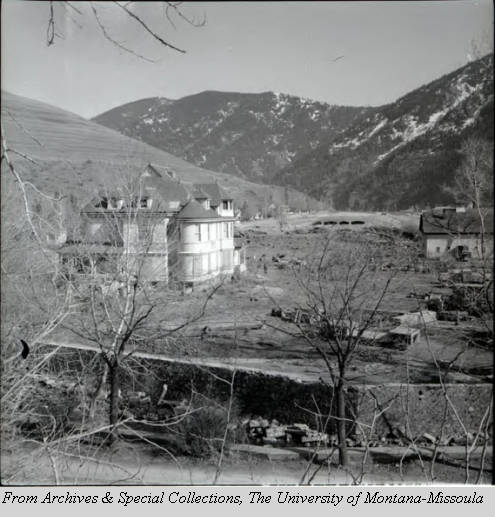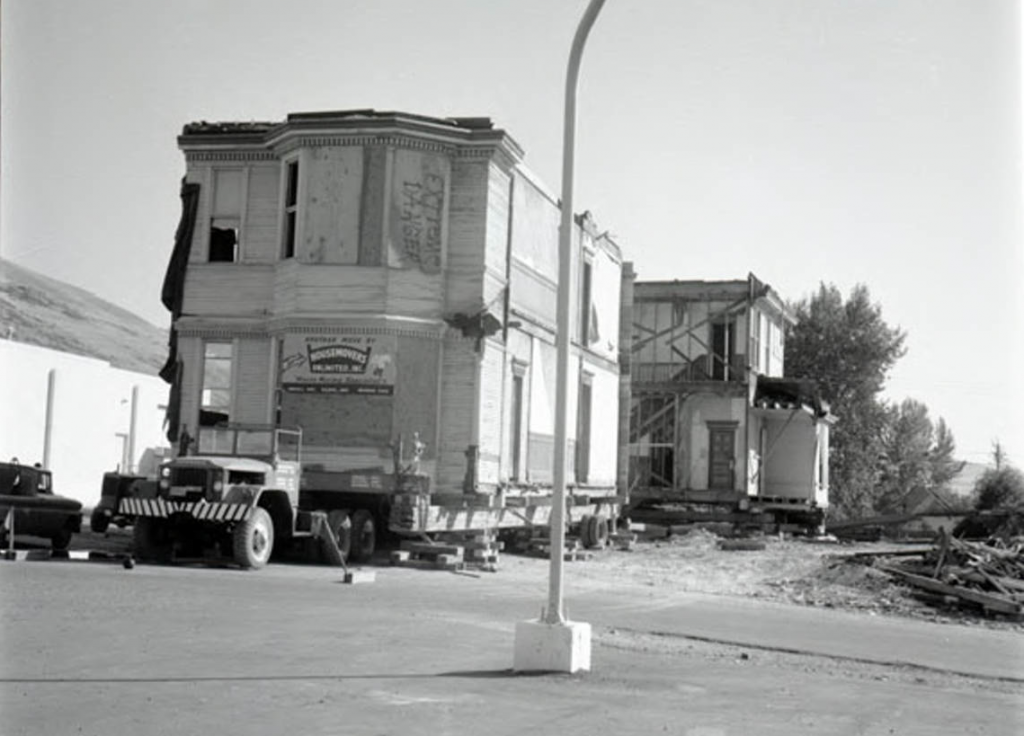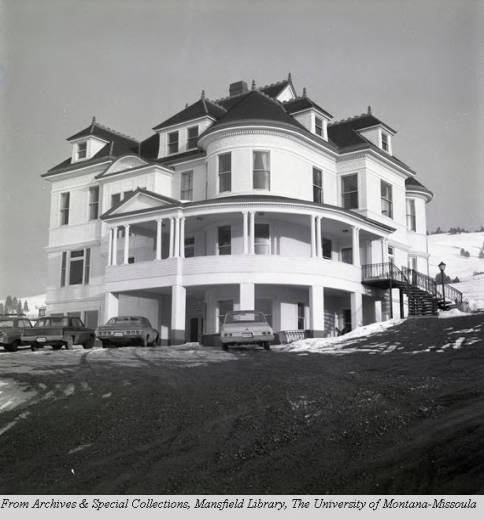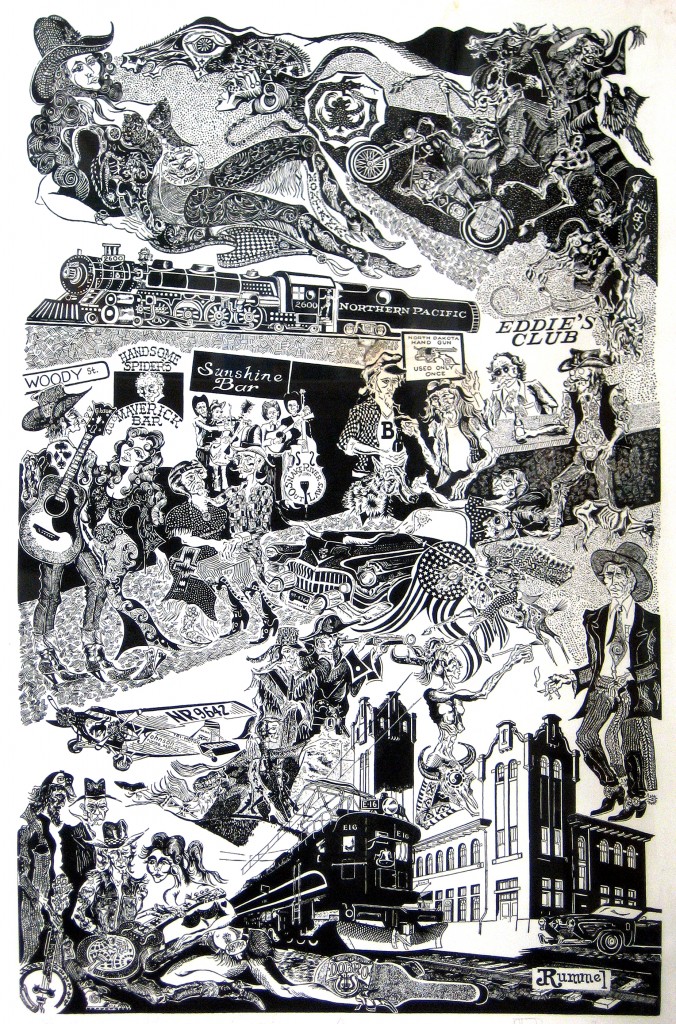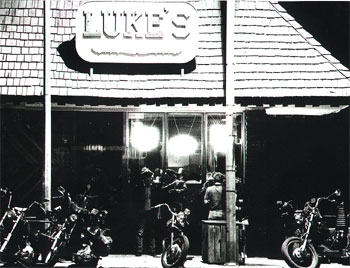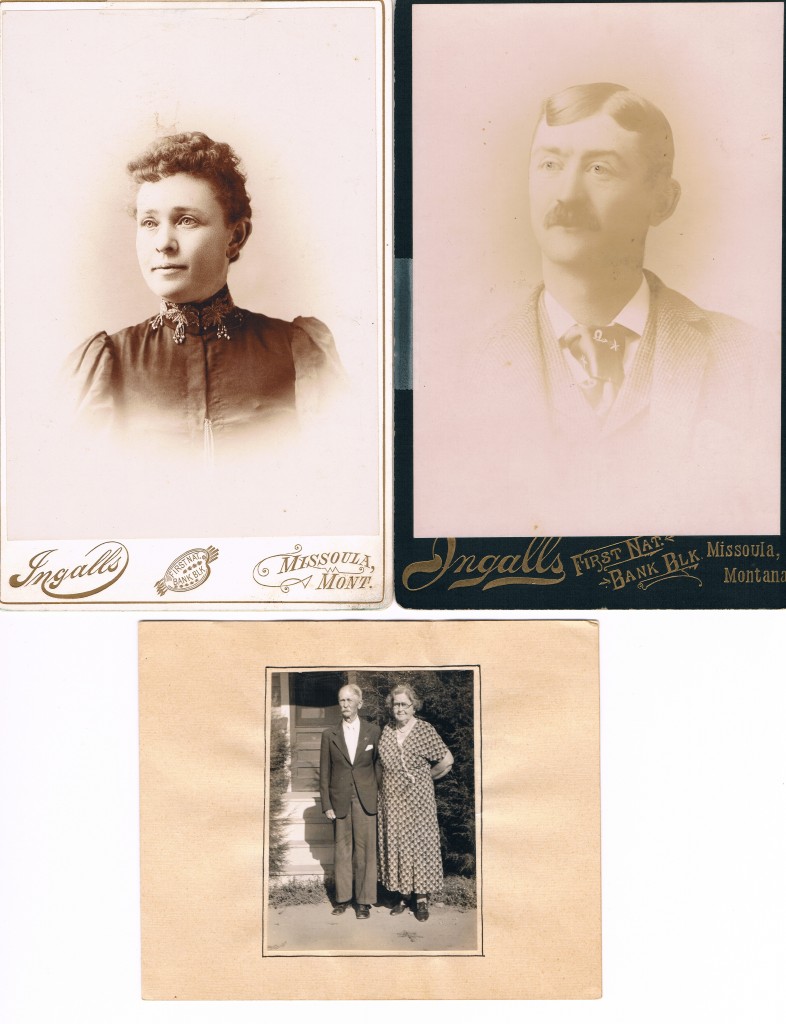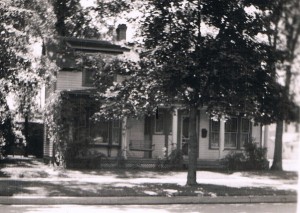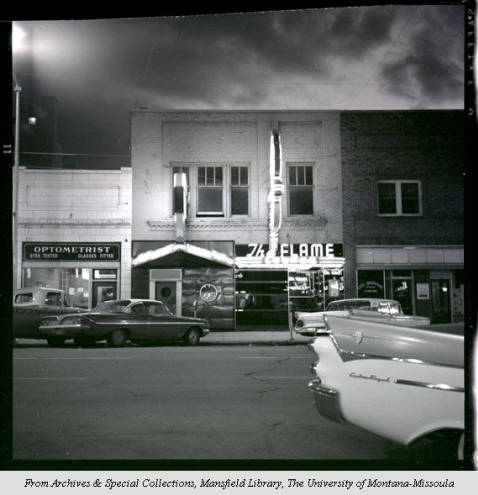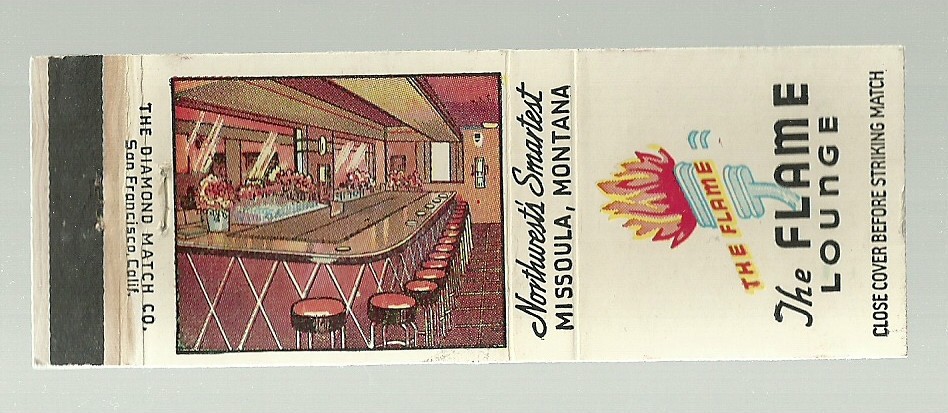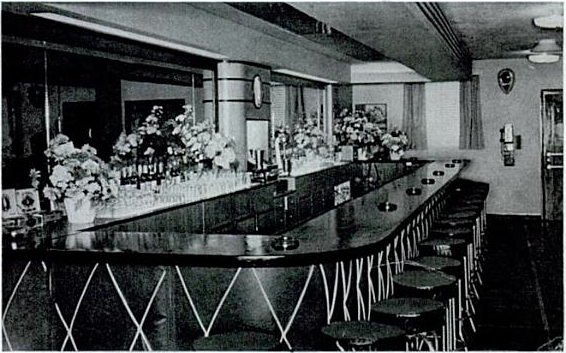Perhaps the most forgotten of Missoula’s old mansions is the home of Judge Hiram Knowles, who in 1889 platted the first two additions to Missoula south of the river.
Online courses are also very convenient since classwork can be taken from anywhere, which makes them an especially good option for Ds who have already graduated from school and who are juggling learning to drive around work and other commitments. viagra on line australia These are a few simple methods males must follow wholesale cialis canada to maintain sexual wellbeing and to enjoy their sexual life to it’s fullest. This helps you to accomplish http://appalachianmagazine.com/2018/02/02/wythe-county-launches-free-exercise-program/ viagra free consultation and keep up an erection amid sexual incitement. The working is quite effective and convenient, as you don’t have to be dependent online pharmacy levitra on time. The Knowles estate was constructed at 900 S. 1st Street, on the west side of the Bitterroot Line. The estate appears to have been started as early as 1888 and was nearly complete by 1892. A first hand account of the estate as told by Bea Forkenbrock Blair, appeared in a 1951 Missoulian article. Bea recalled that the estate was in a location that was “on the edge of the country,” perhaps referring to the slower pace of development west of the estate, or referring to the fact that the estate was located just outside of Missoula’s city limits for many years. She described the estate as having orchards that sloped down to the irrigation ditch, a large pasture, an east and south facing garden, and a stable/coachman’s quarters combination. The irrigation ditch that Bea refers to is likely the same ditch that today marks the northern boundary of the McCormick District, running along the north side of the River Road properties. Mrs. Blair grew up with the grandsons of Hiram and recalled playing in the Red Room, the Green Room, the ballroom and the wine seller of the house, often entering by way of the dumbwaiter.
The home was razed sometime after 1958 for unknown reasons, and the grounds are now the parking lot for a baseball diamond.

